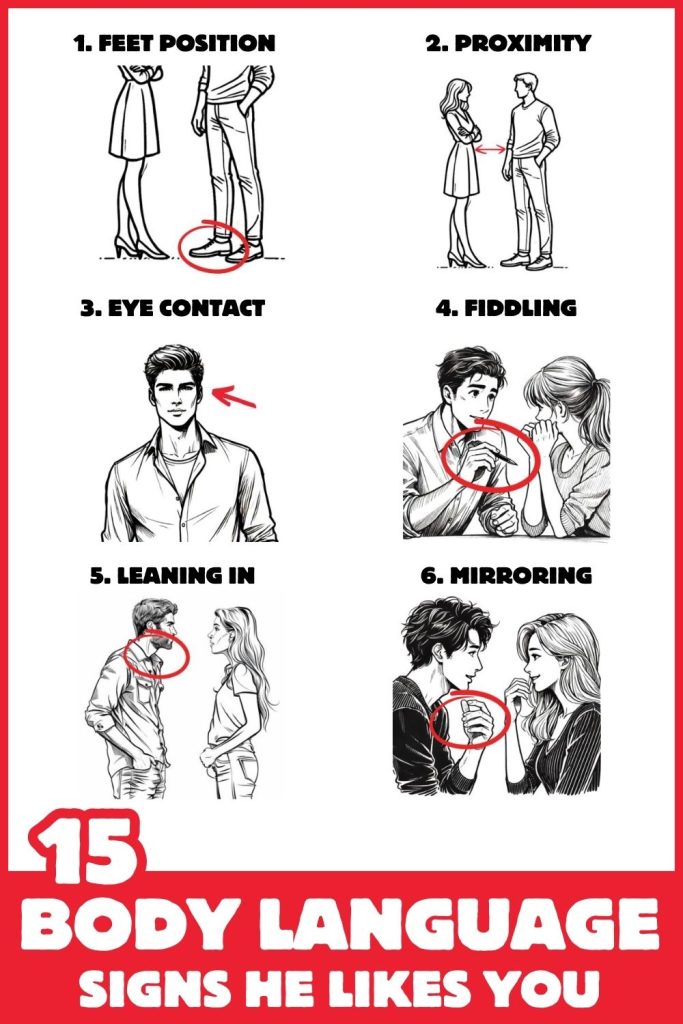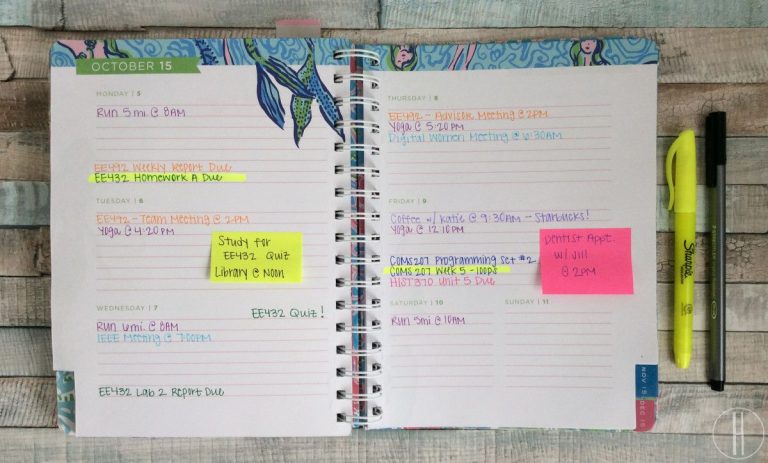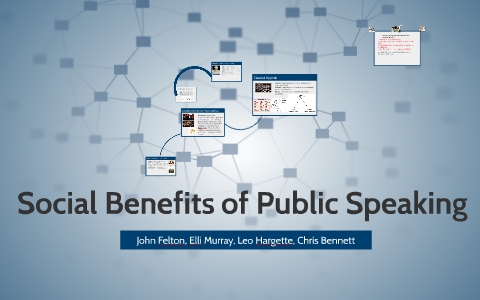How to Open And Close A Speech?
Opening and closing a speech are critical moments that can make or break the impact of your message. These bookends provide you with an opportunity to captivate your audience from the very beginning and leave a lasting impression at the end. Whether you are delivering a persuasive presentation, delivering a keynote address, or simply speaking in front of a small group, mastering the art of opening and closing your speech is essential. In this article, we will explore some effective techniques and strategies that will help you engage your audience right from the start and leave them with a sense of inspiration and fulfillment by the time you conclude your speech.
The opening of your speech sets the tone and grabs the attention of your audience. It should be compelling, thought-provoking, and relevant to the topic at hand. A powerful opening can be achieved through various means such as sharing a personal anecdote, posing a striking question, or even using a surprising statistic. On the other hand, the conclusion of your speech is your last chance to leave a lasting impression. It should reinforce your main message, summarize your key points, and inspire your audience to take action. By employing effective techniques in both the opening and closing of your speech, you can create a memorable and impactful experience that will resonate with your audience long after you have finished speaking.
How do you open and close a speech?
Opening a speech effectively involves grabbing the audience’s attention with a compelling introduction. Start with a hook, such as a question or a surprising fact. Then, state the purpose of your speech clearly. To close a speech, summarize the main points and end with a memorable conclusion. Leave the audience with a call to action or a thought-provoking statement.

Introduction
Opening and closing a speech effectively can make a significant impact on your audience. These two crucial parts of a speech set the tone, capture attention, and leave a lasting impression. In this article, we will guide you through step-by-step instructions on how to open and close a speech successfully.
Step 1: Grab the Attention of Your Audience
The opening of your speech is your chance to make a strong first impression and captivate your audience. Here are a few techniques to consider:
Firstly, start with a compelling and relevant anecdote or story. This will not only engage your listeners but also establish a personal connection with them. It’s important to choose a story that relates to your speech’s topic and conveys a clear message.
Secondly, you can open with a thought-provoking question or a surprising statistic. This will immediately grab the attention of your audience and make them curious to discover more about the subject you are about to discuss.
Step 2: Clearly State the Purpose and Objectives
After capturing your audience’s attention, it’s essential to clearly state the purpose and objectives of your speech. This helps your listeners understand what they can expect from your presentation and ensures that they stay focused throughout.
Begin by introducing yourself and briefly explaining your background or expertise in the topic. This establishes your credibility and builds trust with your audience. Then, clearly state the main purpose of your speech. Are you informing, persuading, or entertaining? This sets the tone and prepares your listeners for what’s to come.
Next, outline the objectives or key points you will cover in your speech. This gives your audience a roadmap of what they can expect and helps them follow along easily. Keep the objectives concise and make sure they align with the overall purpose of your speech.
Step 3: Conclude with a Strong Closing Statement
The closing of your speech should leave a lasting impression on your audience. It’s your final opportunity to reinforce your main message and make your speech memorable. Here’s how you can achieve this:
Firstly, summarize the key points you discussed throughout your speech. This helps reinforce the main takeaways and ensures that your audience remembers the most important information. Keep the summary brief and concise, focusing on the main highlights.
Next, end with a powerful and inspiring statement. This could be a call to action, a thought-provoking quote, or a personal anecdote that relates to your speech’s topic. The goal is to leave your audience feeling motivated and inspired to take action or continue exploring the subject further.
Remember, practice is key when it comes to delivering a successful speech. Rehearse your opening and closing multiple times to ensure you are confident and able to engage your audience effectively. By following these steps, you will be well-equipped to open and close your speech with impact and leave a lasting impression on your listeners.
Frequently Asked Questions
Here are some commonly asked questions about opening and closing a speech:
How do you open a speech?
When opening a speech, it is important to capture the attention of your audience and set the tone for your presentation. Here are some tips on how to do it:
Firstly, start with a powerful opening statement or a thought-provoking question. This will immediately engage your audience and make them curious about what you have to say. Secondly, provide some background information or context to establish the relevance of your topic. This will help your audience understand why they should listen to you. Finally, consider using a personal anecdote or a compelling story to connect with your audience on an emotional level. This will create an immediate connection and make your speech more relatable and memorable.
How do you close a speech?
The closing of your speech is just as important as the opening, as it leaves a lasting impression on your audience. Here are some suggestions on how to effectively close your speech:
Firstly, summarize the main points of your speech in a concise and memorable way. This will help reinforce your key message and ensure that your audience retains the most important information. Secondly, end with a strong concluding statement that leaves a lasting impact on your audience. This can be a call to action, a thought-provoking quote, or a powerful statement that summarizes your overall message. Finally, consider ending with a personal story or anecdote that relates back to your topic. This will create a sense of closure and leave your audience with a memorable takeaway.
What are some attention-grabbing opening techniques?
There are several attention-grabbing techniques you can use to open your speech and captivate your audience from the start:
One effective technique is to start with a surprising or shocking statistic or fact related to your topic. This will immediately grab the attention of your audience and make them curious to learn more. Another technique is to begin with a powerful quote or a thought-provoking question. This will engage your audience and make them reflect on the topic you are about to discuss. Additionally, you can use a storytelling approach by starting with a personal anecdote or a compelling story that relates to your topic. This will create an immediate emotional connection with your audience and make them more receptive to your message.
How do you create a memorable closing statement?
A memorable closing statement is essential to leave a lasting impression on your audience. Here are some tips on how to create one:
Firstly, consider using a powerful quote that encapsulates the main theme or message of your speech. This will resonate with your audience and leave them with a memorable takeaway. Secondly, you can end with a call to action that challenges your audience to take specific steps or make changes based on your speech. This will inspire them to take action and make your speech more impactful. Finally, you can summarize your main points in a creative and engaging way, such as through a memorable metaphor or analogy. This will help reinforce your key message and make it more memorable for your audience.
Why is it important to have a strong opening and closing for a speech?
A strong opening and closing are crucial for a successful speech because they set the tone and leave a lasting impression on your audience. Here’s why it’s important:
Firstly, a strong opening captures the attention of your audience and establishes your credibility as a speaker. It creates an immediate connection and makes your audience more receptive to your message. Similarly, a powerful closing ensures that your audience remembers and reflects on your speech even after it ends. It leaves a lasting impact and reinforces your key message. Additionally, a strong opening and closing help structure your speech and make it more coherent and engaging. They provide a clear beginning and end, which helps your audience follow along and understand the purpose of your speech.
In conclusion, mastering the art of opening and closing a speech is essential for any effective communicator. The opening sets the tone and captures the audience’s attention, while the closing leaves a lasting impression and reinforces the main message. By employing attention-grabbing techniques such as storytelling, humor, or thought-provoking questions in the opening, speakers can immediately engage their listeners and establish a connection. Furthermore, using powerful and memorable closing statements, such as a call to action, a poignant quote, or a summary of key points, helps to leave a lasting impact and ensures that the audience walks away with a clear understanding of the speech’s main message.
Ultimately, opening and closing a speech successfully requires careful planning, creativity, and understanding of the audience. By mastering these techniques, speakers can captivate their listeners from the start and end their speeches on a high note, leaving a lasting impact and inspiring action. So, whether you are delivering a speech in a professional or personal setting, remember the importance of a strong opening and closing – they are the bookends that hold your message together and make it resonate with your audience long after you have left the stage.




